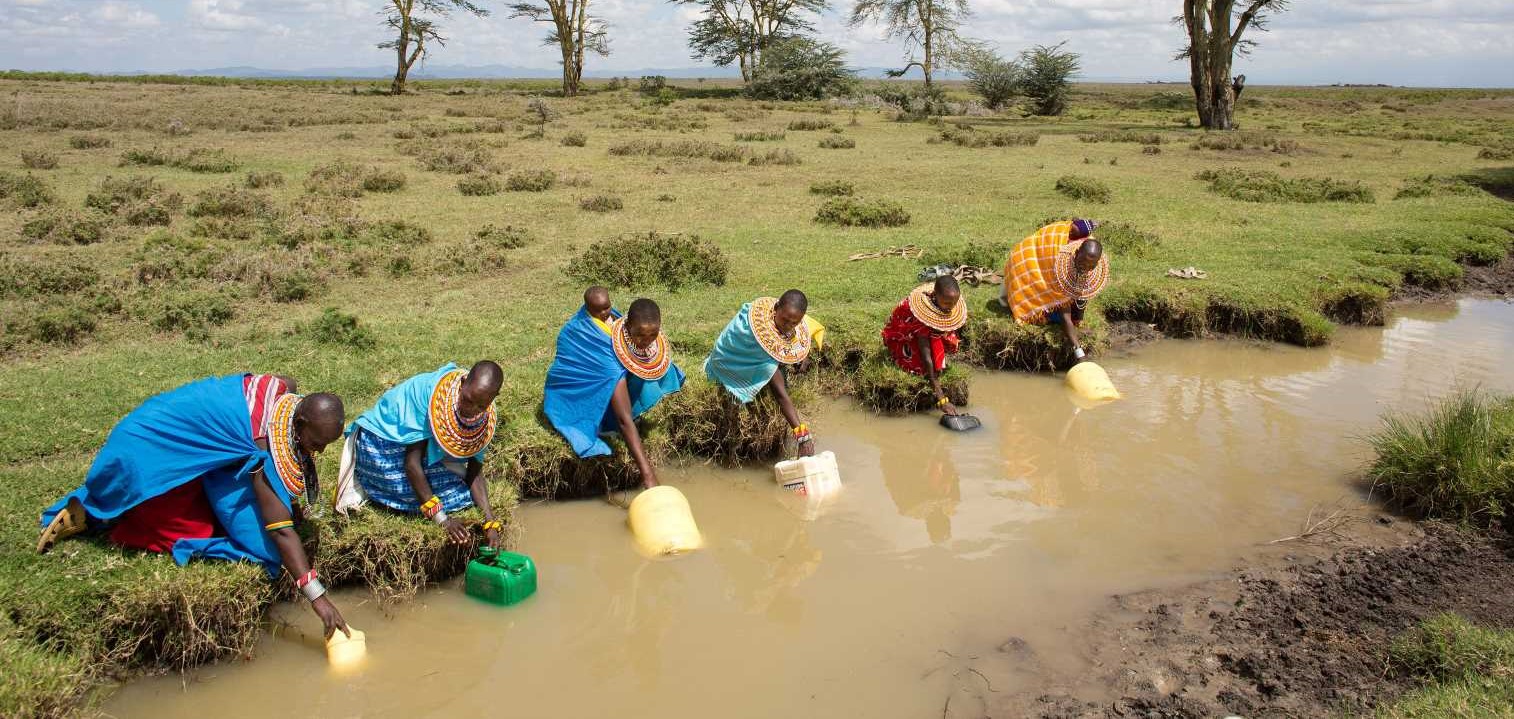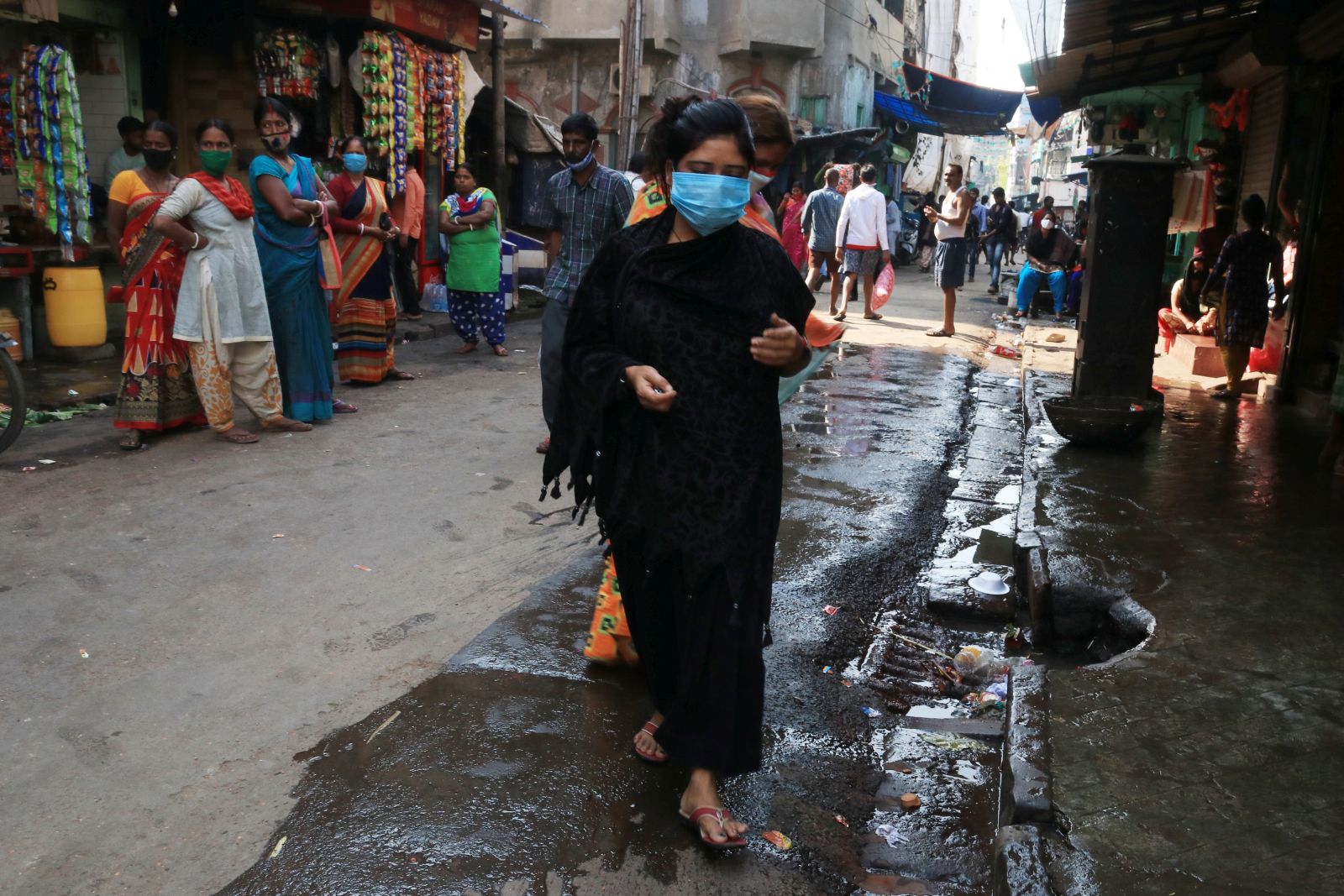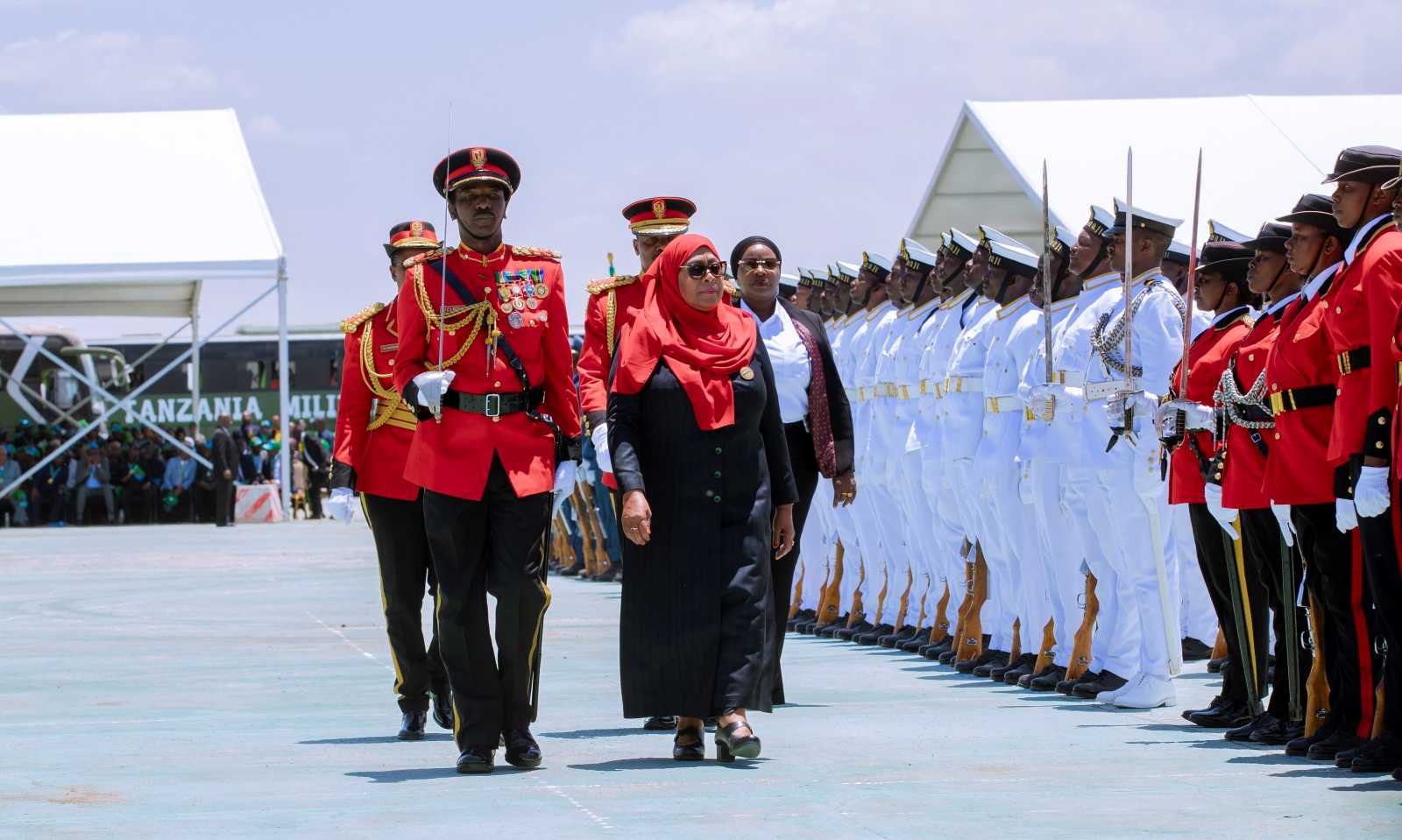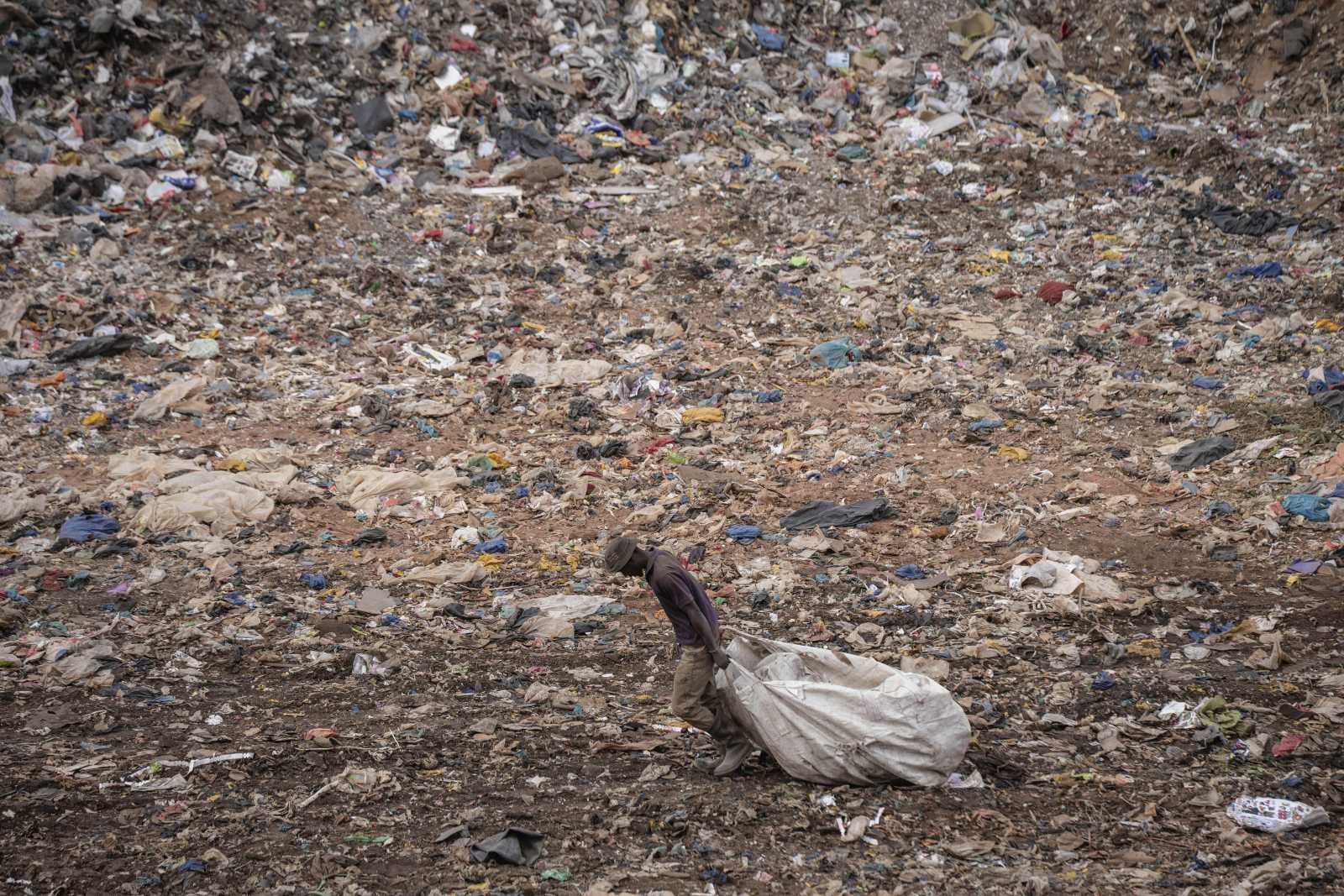Migrants
When remittances account for one quarter of GDP
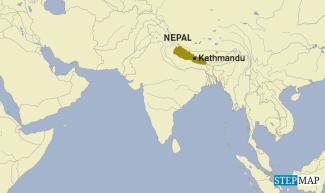
Nepal’s average per-capita income is not even $ 900. Several things have made the alleviation of poverty very challenging. They include a decade of armed conflict until 2006 (see my essay on the matter on the D+C/E+Z platform), the devastating earthquake of April 2015 and most recently the Covid-19 pandemic (see Jonathan Menge in our Covid-19 Diary). Climate related disasters like floods or landslides compound the problems.
The lack of opportunities makes people desperate to leave the country. Millions of Nepalis have done so, and others keep following them. According to Nepal’s official Labour Migration Report 2020, almost 600,000 officially registered persons left the country in 2017/18 and 2018/19 combined. This figure does not include those who tried their luck as undocumented migrants.
Nepal’s government acknowledges that foreign labour migration is a salient aspect of the nation’s economy. The financial remittances are important. The World Bank reckons they currently account for almost one quarter of GDP. The government also appreciates that many workers return home with increased skills. What is not said as often is that competition for livelihoods in Nepal would be tougher without migration and have destabilising impacts.
Some migrants pay a very high price however. The plight of foreign workers on Qatar’s construction site for the football world cup has made headlines around the world. Nepali newspapers are full of stories about migrant suffering. Problems typically include the withholding of wages, excessive overtime work, retention of identity documents, the threat of denunciation to the authorities, physical and sexual abuse and forced labour. Human trafficking into prostitution is a huge problem too (see main story).
Verité, the US-based civil-society organisation, has argued that Nepal’s history of human trafficking inside the country along with the prevalence of bonded labour and child labour in various sectors make Nepali workers accept harsh and even illegal working conditions abroad. In early 2018, Felipe González Morales, the UN’s Special Rapporteur on the human rights of migrants came to similar conclusions. In his view, the situation of many Nepali migrants amounted to debt bondage, forced labour or human trafficking. He also noted that the government had not effectively implemented its reforms to improve matters.
Things are not entirely bleak, however. In June 2021, the US State Department published a report entitled “Trafficking in persons”. It puts Nepal in tier 2. That means that a country does not fully meet the minimum standards for eliminating trafficking, but is making significant efforts to get there. As part of its commitment to end trafficking, for example, Nepal has recently acceded to Palermo Protocol (Protocol to Prevent, Suppress and Punish Trafficking in Persons, Especially Women and Children).
Rukamanee Maharjan is assistant professor of law at Tribhuvan University, Kathmandu.
rukumaharjan@gmail.com

